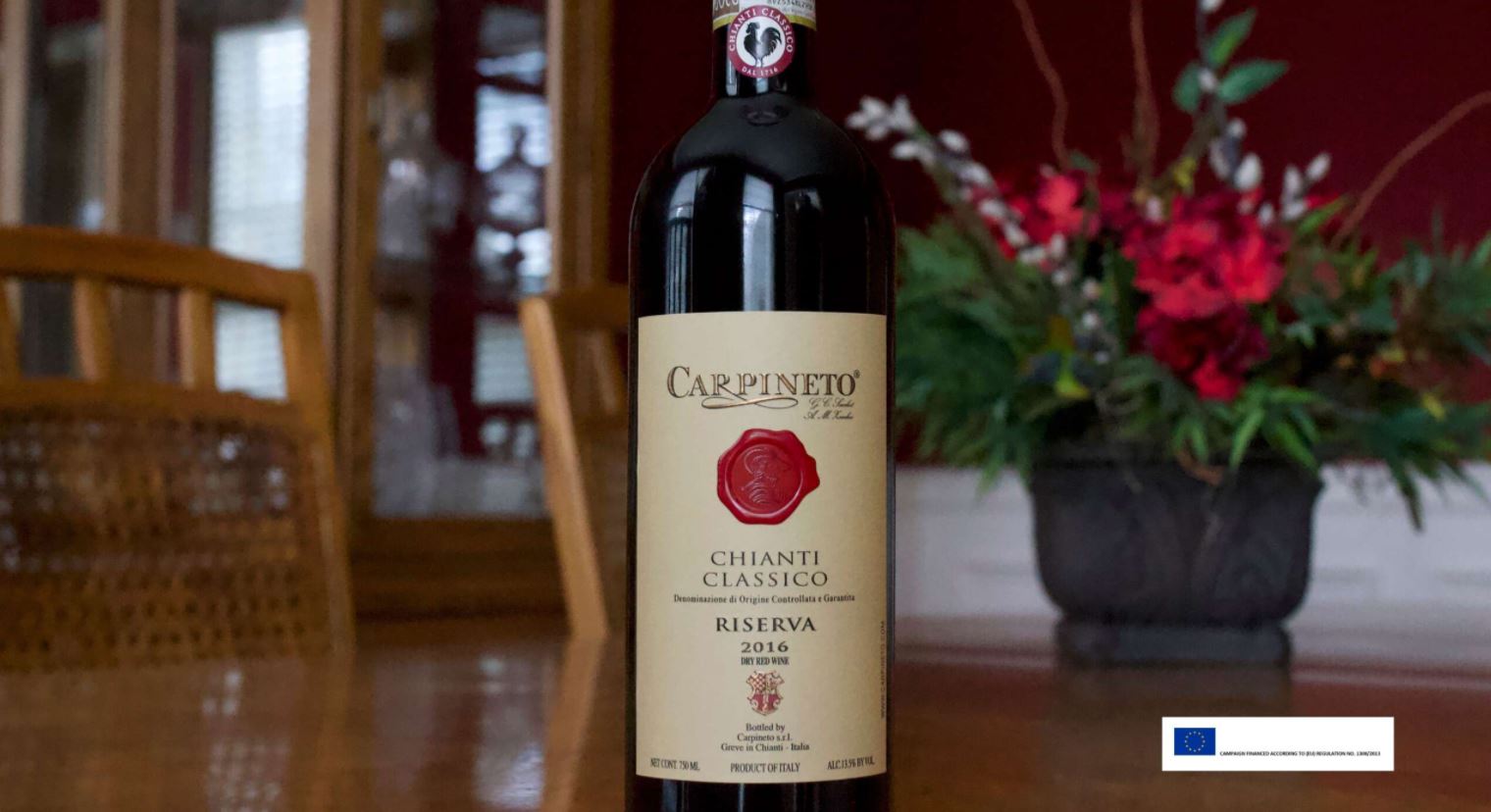In Italy and all around the world, Tuscany has become synonymous with good wine. Nobile di Montepulciano, Chianti Classico, Brunello di Montalcino – these are just a few of the wonderful wines that this region is known for. These are all wines that have one big thing in common – the Sangiovese grape, which in its different varieties create various types of body, structure, aromas, freshness and unique characteristics. This is everything that a wine lover expects to find in a good glass of wine.
Tuscany is not made of Sangiovese grapes alone. There are many other autochthonous grapes which are known as “minor” grapes varieties which are often used in conjunction with the Sangiovese to give even more character to a wine, without overpowering the dominant grape. Some of these “minor” vines are: Colorino, Ciliegiolo e Canaiolo. The Colorino grape is named of the type of color it produces and is often used in blends to reinforce the color of a wine, producing a beautiful ruby red coloring with reflections of violet. These grapes have become quite popular in the last five years, giving it an ever-growing purity, which lends itself perfectly to fresh, young wines.
The Ciliegiolo is another grape with a name that reflects its color and characteristics which are fresh, fragrant and have an unmistakable aroma of cherries! It is often used as a compliment and support to the Sangiovese grape to enhance its already intense aromas. If vinified on its own, it will produce wines with intense primary aromas of fresh red fruit. It is also perfect for making rosé wines, but really lends itself wonderfully to aging which is perfect for refined, structured wines with notable alcohol content.
The Canaiolo grape can be found in other regions of Italy as well such as Lazio, Abruzzo, Liguria and Umbria. This grape produces wines of great softness and velvety tannins, so it is not by chance that when used in blends, the range used is generally from 10 to 15%. It is typically used in Chianti, Chianti Classico and Sangiovese based wines to add greater softness.
Tuscany is not made of Sangiovese grapes alone. There are many other autochthonous grapes which are known as “minor” grapes varieties which are often used in conjunction with the Sangiovese to give even more character to a wine, without overpowering the dominant grape. Some of these “minor” vines are: Colorino, Ciliegiolo e Canaiolo. The Colorino grape is named of the type of color it produces and is often used in blends to reinforce the color of a wine, producing a beautiful ruby red coloring with reflections of violet. These grapes have become quite popular in the last five years, giving it an ever-growing purity, which lends itself perfectly to fresh, young wines.
The Ciliegiolo is another grape with a name that reflects its color and characteristics which are fresh, fragrant and have an unmistakable aroma of cherries! It is often used as a compliment and support to the Sangiovese grape to enhance its already intense aromas. If vinified on its own, it will produce wines with intense primary aromas of fresh red fruit. It is also perfect for making rosé wines, but really lends itself wonderfully to aging which is perfect for refined, structured wines with notable alcohol content.
The Canaiolo grape can be found in other regions of Italy as well such as Lazio, Abruzzo, Liguria and Umbria. This grape produces wines of great softness and velvety tannins, so it is not by chance that when used in blends, the range used is generally from 10 to 15%. It is typically used in Chianti, Chianti Classico and Sangiovese based wines to add greater softness.





